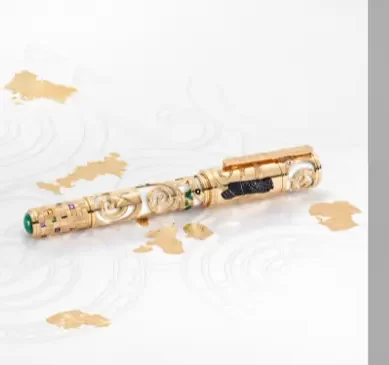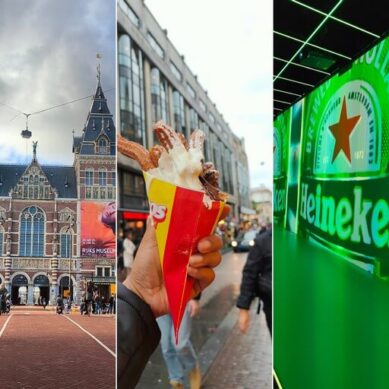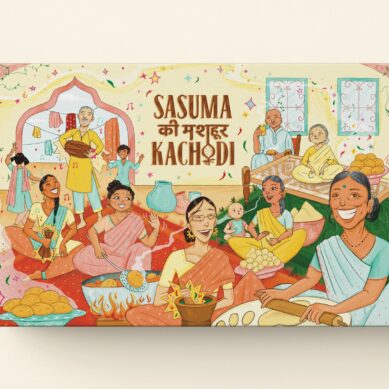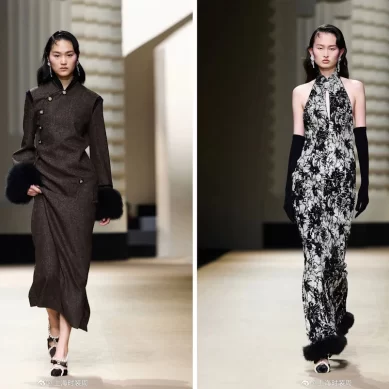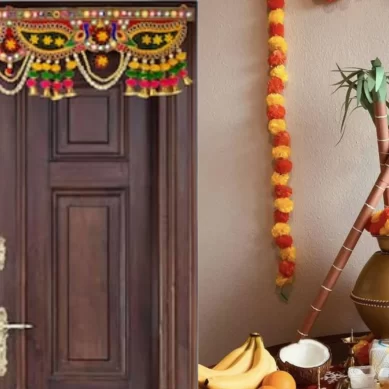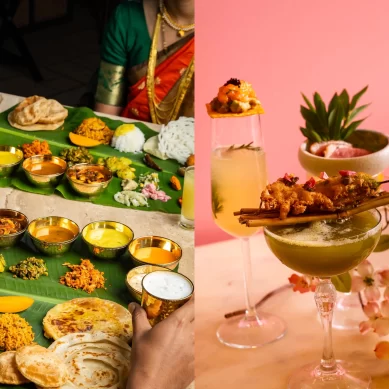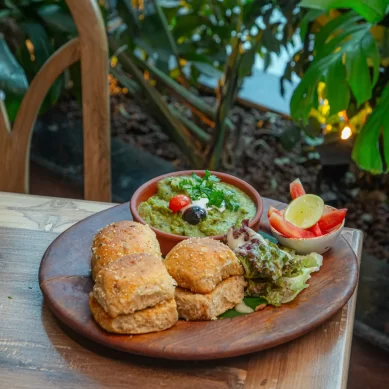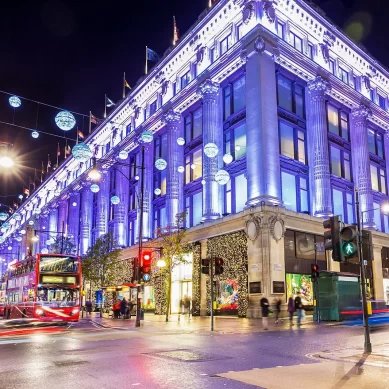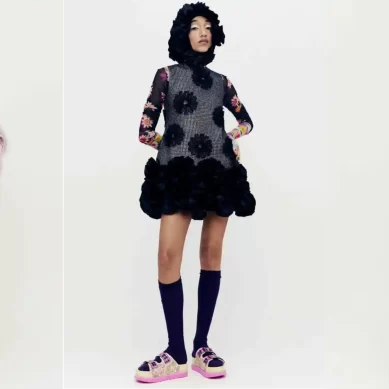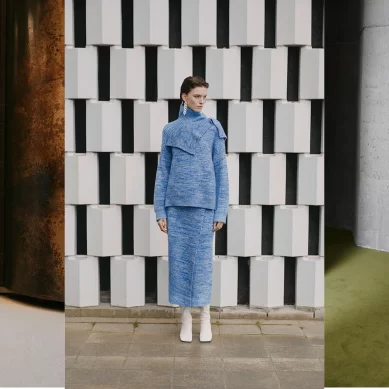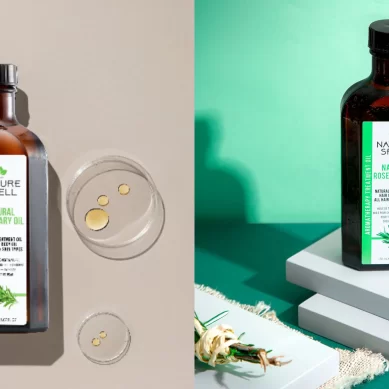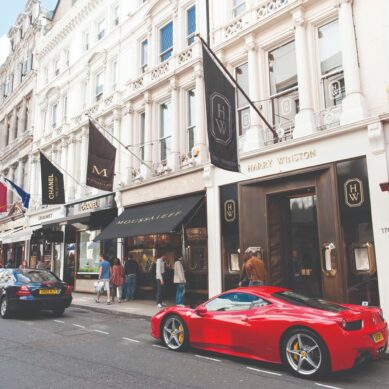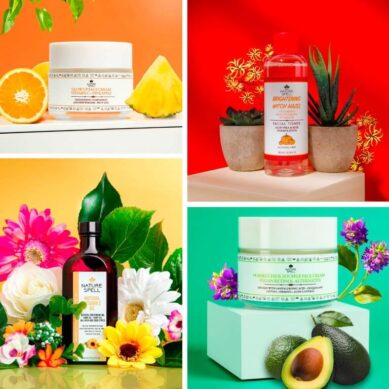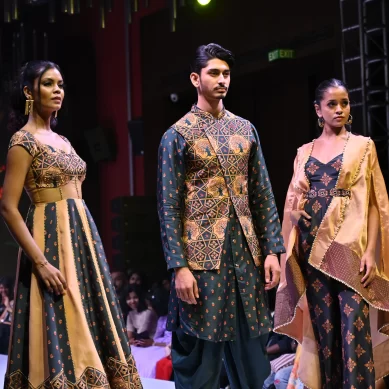
The winds of change have swept in leather industry through the fashion landscape, ushering in an era where sustainability isn’t merely a buzzword but a profound compass guiding every stitch and style decision. In this era of conscientious consumerism, embracing sustainable fashion extends beyond a fleeting trend; it’s an emblem of our commitment to kindness towards animals, communities, and the environment.
Bid farewell to conventional fashion practices reliant on animal-derived materials like leather, fur, wool, silk, and down. Instead, welcome the dawn of cruelty-free, eco-friendly alternatives that epitomize style without compromising principles. Let’s see what alternatives we have to the widely used animal product, leather:
Sustainable Leather Alternatives
Leather, a cornerstone of the fashion domain, has long held sway despite its staggering environmental and ethical toll. Alarming statistics from the United Nations paint a dire picture: the global leather industry contributes 14.5% of livestock-related greenhouse gas emissions, while its production engulfs vast resources of water, land, and energy. Moreover, the toxic cocktail of chemicals employed in leather production casts a long shadow over worker safety and environmental well-being. Despite all these, leather has been the go-to material for durable pieces of clothing and accessories for almost 7,000 years at this point, as no material had enough robustness with that premium touch to it other than leather. In some cases, it was more of a necessity than a luxury.
But long-lived the king, as awareness and modern science have bloomed, innovative alternatives have popped up that rival leather. Enter the league of sustainable alternatives to leather:
- Piñatex: Crafted from pineapple leaf fibers, Piñatex emerges as a source of sustainability. Sourced from pineapple plantations, where these fibers would be disregarded as trash, they’re expertly blended with a corn-derived bioplastic to create this innovative fabric. This non-woven mesh boasts flexibility and durability akin to genuine leather. Also notably, Piñatex consumes a staggering 95% less water in production and stands proudly adopted by various vegan fashion brands around the world, such as Marici London .
- Cork Fabric: Hailing from the bark of Cork Oak trees, the cork fabric embodies natural, renewable allure. Cork trees generously regenerate their barks and have a lifespan of 250-300 years, ensuring sustainability across multiple harvests. Lightweight, water-resistant, and hypoallergenic – some of the unique properties that enables cork products suitable for numerous situations. Cork metamorphoses into diverse textures and patterns and thus proves to be a stylish and durable alternative to leather. Brands like Murmali [https://www.murmali.com] have been championing cork-based fashion accessories for everyone.
- Mylo: A testament to cutting-edge innovation, Mylo arises from mycelium, the intricate root structure of mushrooms. Cultivated on agricultural residues and treated with natural enzymes and tannins, it mimics leather’s qualities while remaining biodegradable, breathable, and velvety soft. Stella McCartney, a renowned designer in the sustainability space, was one of the early adopters of this material.
- Desserto: Embracing the bountiful nopal cactus from Mexico, Desserto has managed to convert a thorny plant into an organic alternative to the traditional leather. Harvested sans harm to the plant, the leaves undergo a meticulous process involving drying, mashing, and blending with non-toxic chemicals to yield a partially biodegradable, phthalate, and PVC-free material.
- Recycled Canvas: A beacon of repurposing prowess, recycling canvas fabrics breathes new life into discarded fibers, yarns and deadstock of fabrics and makes them an excellent alternative to the PU leather or Animal Leather out there. Salvaged, cleansed, shredded, and reborn as fibers, this material is repurposed as a durable, water-resistant fabric by several known designers and brands to offer a greener and chic alternative in their collections.
One might argue that sustainable fashion is just a fashion trend created by rich people and first world countries, and it might go out of trend. But the emergence of sustainable fashion brands like Kaamna in India, a developing country, shows that it’s not just a fashion trend but a new lifestyle that everyone is adopting. People do care about the environment and want to look sharp and distinct, which is the reason behind the success of Kaamna’s cork laptop bags, wallets, card holders, air pods cases, and much more This product domain was once ruled by leather, but today, people are shifting their interest toward a more sustainable, cruelty-free product.
Credits: Mangalam Lalpuria Founder, Kaamna.
The Style.World suggests the consumers to shop conciously and buy well.



